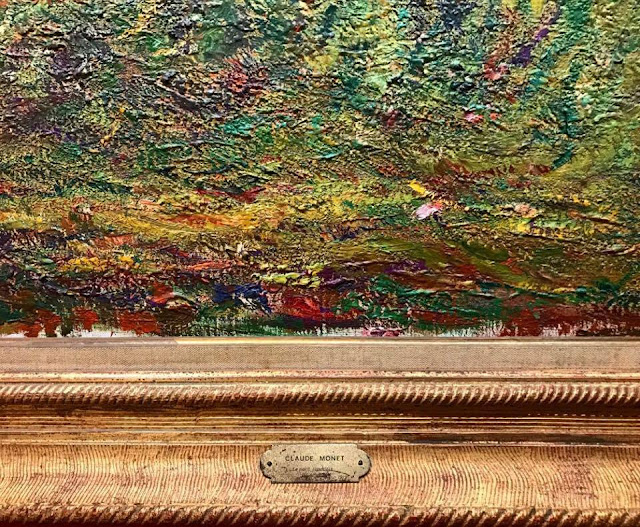Visitatore alla CARA
Today, we visited the C.A.R.A. in Restinco, where we will
work on Mondays, Tuesdays, and Thursdays.
Before this blog progresses, it is important to clarify some
verbiage. This is a very complicated process, and I am still learning about the
many facets that play into this process of applying for and seeking asylum.
According to Italian law and European regulations, one can
obtain a permit for residency by applying for asylum. Furthermore, according to
the Genova Convention of 1951, an “asylum seeker” (or, applicant for
international protection) can apply for international protection if he or she was/could
be a victim of violence, persecution, threats, or there is a general violation
to his or her rights in his or her home country due to:
- Race
- Religion
- Nationality
- Membership in a particular group (i.e., sex or gender, sexual orientation, family, culture, profession, education, etc.)
- Political opinion
It is important to note that poverty, economic problems, or
simply wanting a job in Italy do not qualify as valid reasons to ask for
international protection.
CARA, or Centri di
Accoglienza per Richiedenti Asilo, are reception centers for asylum
seekers. Migrants who are not registered but are applying for international
protection are sent to reception centers for asylum seekers. This is where
identification takes place and the process of applying for asylum begins.
While we drove up to the CARA, we saw Italian soldiers completing
their morning PT run. I did not realize how active of a military zone this
would be. We arrived at the front gate and were buzzed in through the barred
doors. We exchanged our passports for visitor cards, which were worn at all
times.
 |
This is the only photo I could take, as photography is impermissible on base.
|
When we stepped into the CARA, we were greeted by
Mariangela, who walked us through part of the CARA. Outside, there were blue
tents provided by Ministero Interno
Soccorso Pubblico (Italian government public relief service) and old
military barracks (called “containers”), where the men could sleep. There is
additional housing inside the main building. From the little that I could see,
there were multiple rooms that housed over 20 beds for the men to sleep in. Although
the organization, Auxilium, wishes to provide consistent housing for all 300+
men, they understand that men will move from bed to bed.
After, we met Vicenzo, who does administration work for
Auxilium, and Leila, who is a psychologist at the site. We walked upstairs to a
classroom. Here, the men of the CARA are taught Italian and participate in
other activities, like theater. Mariangela and Leila listened to our ideas for
the art and writing workshops that we would provide at the CARA.
After two hours of brainstorming in Italian, we all agreed
that we needed a break. I felt as if my brain had expanded twice its size to
compensate for the incessant Italian.
We walked out into the bright Italian sun and waited for
lunch to be ready. Curious and wanting to use our time wisely, Alessandra and I
walked around the barracks and tents; however, we did not enter or walk too
close, as we wanted to respect the men’s space. Instead, we stood in a communal
area, close to the prayer center. We hoped some of the men who were completing
their afternoon prayer would stop and talk to us.
We met a Gambian man named Bolum, who joked that his Italian
name is “Bologna.” After, we spoke with a man from Burkina Faso. We exchanged a
few French words with him as well. After this, several men asked us if we spoke
French. At this time, I became very frustrated with my American education; I
studied French for over four years and had trouble speaking with these men. They
expressed excitement to hear that an American spoke their language, yet I was letting
them down. Then, I learned that there
was a complex relationship between the Anglophones and Francophones at the
CARA. Considering the Anglophones know and understand English, they can learn
other languages easier while at the center, leading them to a sense of
superiority. For the Francophones, many of them speak a French dialect, meaning
that it is not “true” French. This makes it much harder for them to learn other
languages. Now, I better understood why these men were so eager to speak with
another French speaker. Tonight, I will reacquaint myself with basic French
grammar, questions, and phrases.
After lunch, we retrieved our passports and left the CARA. When
I walked down the streets of Brindisi this afternoon, I passed a few Turks whom
I saw at the CARA earlier. This gives me hope that I can make friendships with
these men outside of the CARA.
Tonight, we will continue to brainstorm for our art and
writing workshops (this time in English, fortunately).
Until next time,
the chameleon


Comments
Post a Comment